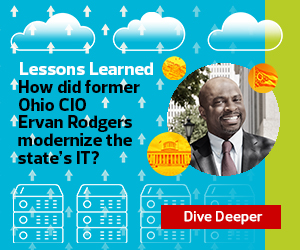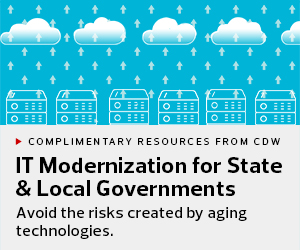Using the Cloud to Return to Business Quickly
Like many regional governments, Grey County is responsible for a wide range of programs that are critical to its more than 96,000 citizens, from emergency, medical and welfare services to plowing and general road maintenance. To maintain continuity, Davis’s team previously relied on what he describes as a “standard, old-fashioned backup solution” managed on-premises at IT headquarters. Each night, at a designated time, more than 100 computer systems across the county were backed up to this single server.
After the upgrades, Davis and his team began working with a consultant to develop a comprehensive disaster recovery assessment. That process, which took about a year, helped to clarify what was at stake — and it led them to a backup and recovery solution with the Zerto continuous data platform and Microsoft Azure as the recovery target.
“We’d thought about adding a second data center, but that was going to be too expensive,” Davis says. Relying on Zerto in Azure instead allows his team to scale up as necessary when new systems are added to its IT matrix. Zerto connects seamlessly with Azure, which the county now also uses in a hybrid cloud computing platform.













